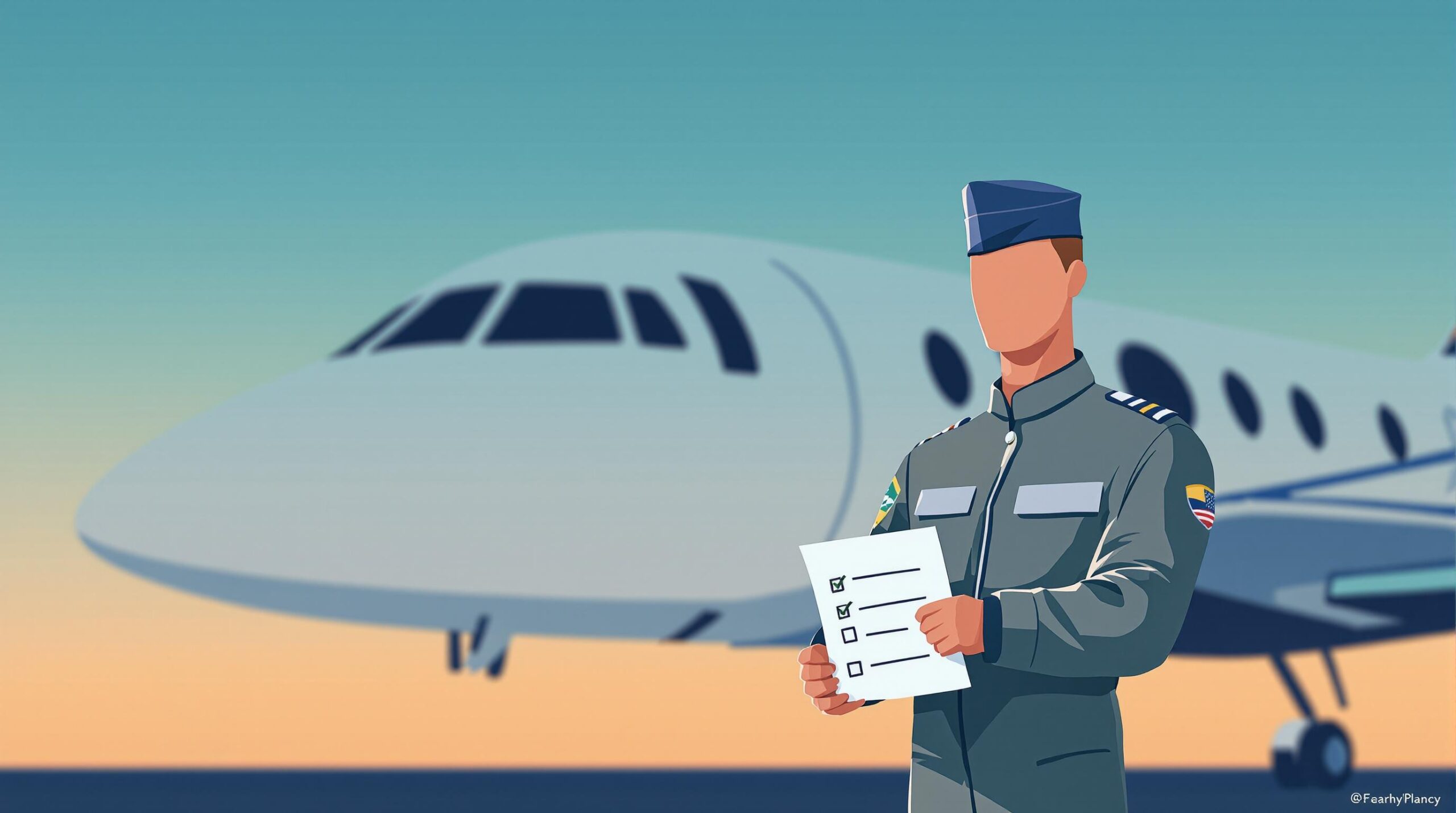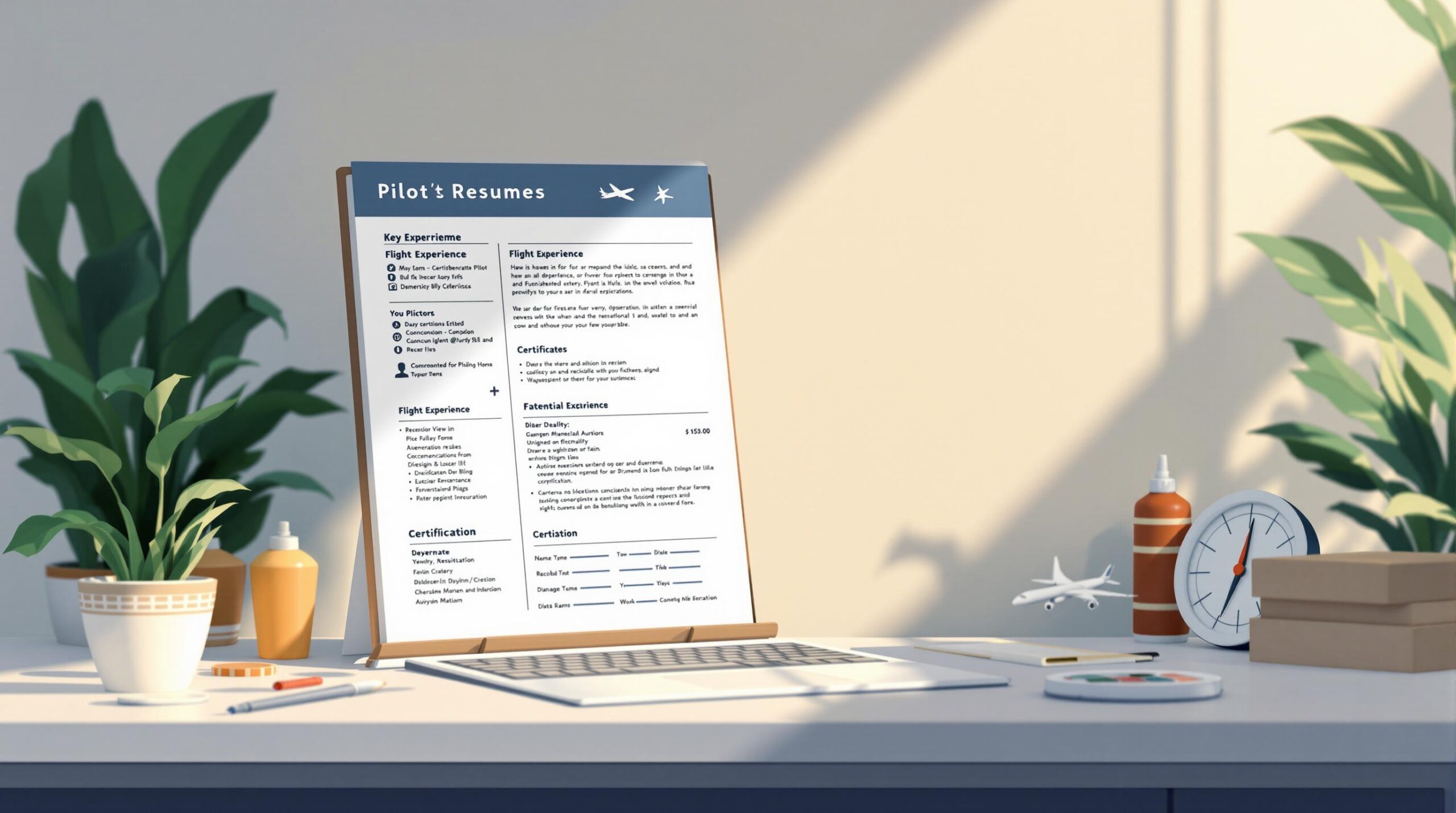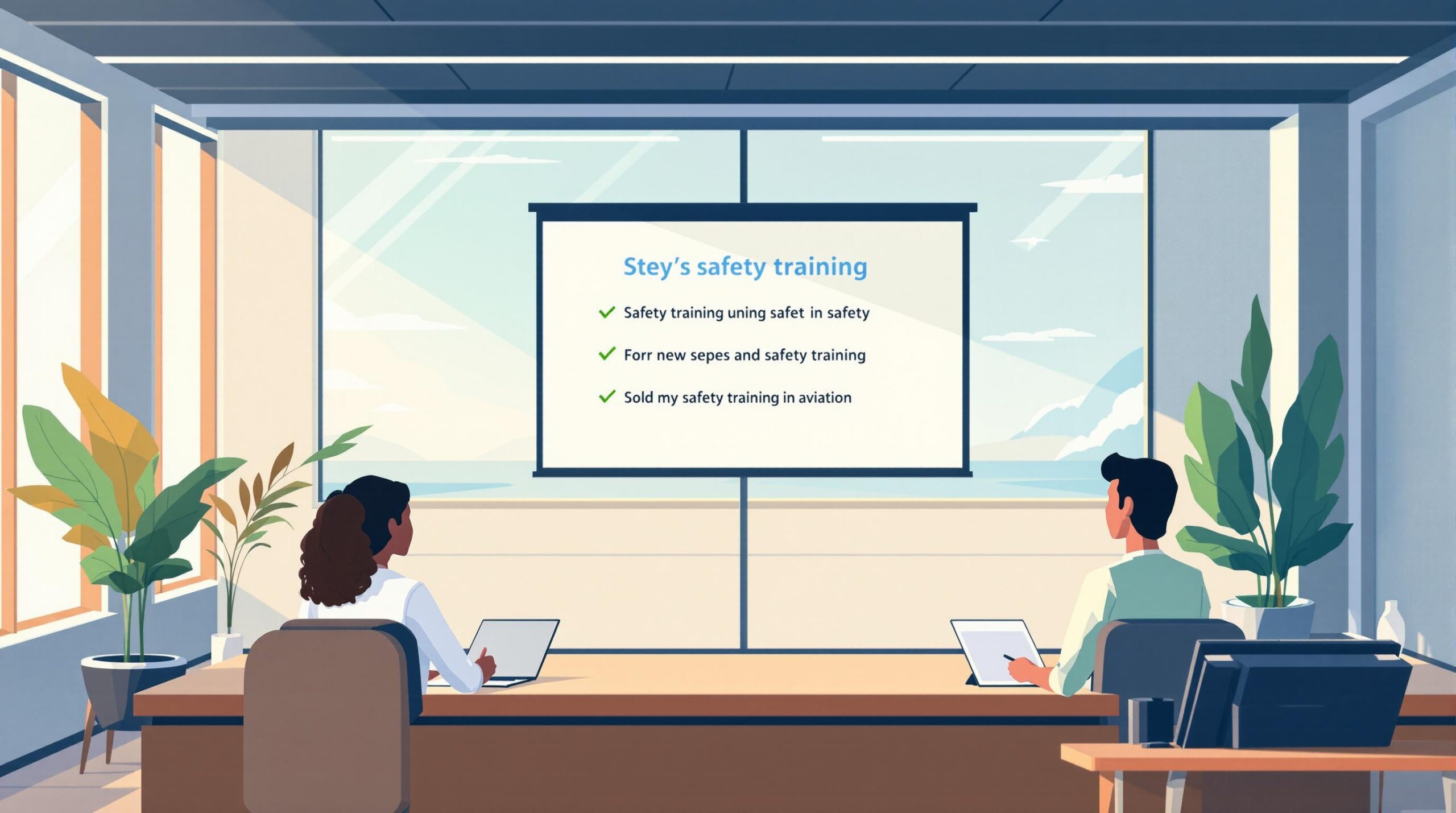Transitioning from military to civilian aviation? Here’s how networking can help you land your next role.
Military pilots face unique challenges when moving to civilian aviation, from understanding new regulations to finding unlisted job opportunities. Networking bridges this gap by connecting you with industry professionals, offering career insights, and opening doors to potential employers.
Key Steps:
- Set Goals: Define your career path (e.g., regional airlines or corporate aviation).
- Polish Your Resume: Translate military roles into civilian-friendly terms.
- Research the Industry: Learn about certifications, hiring trends, and tools like Pilot Pathfinder.
- Network Smartly:
- Leverage Resources: Explore job boards, mentorship programs (e.g., UMPP), and tools for flight hour conversion.
Pro Tip: Maintain connections by sending thank-you notes, staying active on LinkedIn, and scheduling regular check-ins.
Networking isn’t just about meeting people – it’s about building lasting relationships that support your career goals. Ready to take off? Dive into the full checklist for a smoother transition.
Military Pilot Transition to Major Airlines
Steps Before Networking
Before diving into networking, it’s crucial to set yourself up for success in your civilian aviation career. Here’s how to get started:
Define Career Goals
Set clear, actionable goals. For example, aim for something like: "Secure a First Officer position at a regional airline within 12 months." Decide whether you want to pursue regional airlines, major carriers, or corporate aviation. Consider factors like base location, aircraft types, and the work environment to narrow down your path.
Update Your Resume and LinkedIn Profile
Translate your military experience into terms that resonate with civilian employers. For instance, reframe "Mission Commander" as "Pilot in Command." Highlight measurable accomplishments and skills that align with civilian aviation roles. On LinkedIn, craft a headline that reflects your goals, showcasing certifications, type ratings, and total flight hours.
Research the Civilian Aviation Industry
Learn about certification requirements, hiring standards, and current industry trends. Tools like Pilot Pathfinder can streamline tasks like logbook management and applications, ensuring you’re prepared to meet civilian aviation expectations.
Once you’ve completed these steps, you’ll be ready to approach networking with confidence and purpose.
Networking Techniques
Now that you’ve set your goals and updated your resume, it’s time to dive into building your professional network. Here are some effective ways to connect with industry professionals:
Tap Into Military Networks
Start by using resources like the USO Pathfinder Transition Program to connect with veterans already working in civilian aviation. You can also join military-focused LinkedIn groups and reach out to former squadron mates who have transitioned into civilian roles.
Attend Industry Events
Industry events are a great way to meet potential employers and other pilots face-to-face. For example, the NBAA Business Aviation Convention & Exhibition draws over 23,000 professionals annually, making it a prime spot for networking.
Other key events to consider include the Women in Aviation International Conference and the ALPA Career Expo. Before attending, research the companies you’ll meet and prepare specific questions to make a strong impression.
Get Involved in Professional Groups
Joining professional organizations can open doors to valuable connections and industry knowledge. Look into local chapters of groups like AOPA or EAA to meet civilian pilots and aviation professionals.
Once you’ve built these relationships, use available tools and resources to keep expanding your network.
sbb-itb-de05b1b
Networking Tools and Resources
Technology has made it easier than ever for military pilots to navigate the transition to civilian aviation. Here are some tools and platforms to help you make the process smoother:
Pilot Pathfinder

Pilot Pathfinder provides resources like military flight hour conversion, automated application tools, and interview prep. These features simplify the more technical aspects of transitioning while helping you focus on building connections in the industry.
Explore Aviation Job Boards
Platforms like Airline Apps focus on airline-specific job openings and include detailed application requirements for each carrier. Pair this with Glassdoor, which offers insights into company culture, salary ranges, and interview experiences to help you better prepare for your applications.
Join Mentorship Programs
Mentorship programs are invaluable for guidance and support. For example, the United Military Pilot Program (UMPP) offers a structured path for military pilots entering civilian aviation. Organizations like the Air Line Pilots Association (ALPA) and International Air Transport Association (IATA) also connect you with experienced pilots who can provide advice on certifications, career opportunities, and industry trends [3].
Maintaining Connections
Building a professional network is just the beginning – keeping those connections alive is just as important, especially in civilian aviation. Here’s how to maintain and strengthen your relationships:
Send Thank-You Notes
A simple thank-you can make a big difference. After someone offers guidance, mentorship, or a referral, send a personalized note within 24–48 hours. Mention specific advice or actions they took to show genuine appreciation. This small gesture not only strengthens your relationship but also leaves a positive impression, which is key in building trust within your network.
Stay Active on LinkedIn
Think of LinkedIn as your digital hub for aviation networking. To make the most of it:
- Share updates about certifications, career milestones, or industry news.
- Engage with posts from other aviation professionals by adding thoughtful comments.
- Endorse colleagues’ skills, especially those that are relevant to civilian aviation.
And don’t forget to keep your profile up to date with any new qualifications or experiences.
Schedule Regular Check-Ins
Make it a habit to check in with your network. Aim for bi-annual chats with mentors, quarterly updates with key contacts, and yearly touchpoints with your broader circle. Use these moments to share your progress, seek advice, or offer your help.
Consistent, short interactions are often more effective than occasional, lengthy conversations. Keep your tone professional yet friendly, and always be mindful of their time.
Transitioning from Military to Civilian Aviation
Switching from a military aviation career to a civilian one involves more than just technical skills – it requires building the right connections. As Flying Magazine puts it:
"The qualities of discipline and leadership developed during a military career can provide a strong foundation for civilian flying" [2].
This strong base, when paired with smart networking strategies, can open doors to new opportunities.
Tools like Pilot Pathfinder can simplify the application process and help military pilots meet civilian aviation requirements. To make networking work for you, focus on these three key areas:
- Preparation: Define your goals, update your qualifications, and gather insights about the civilian aviation industry.
- Engagement: Attend industry events, join aviation groups, and use your military network to connect with others in the field.
- Consistency: Keep in touch with your contacts through follow-ups and regular communication to build lasting relationships.
It’s important to understand that civilian aviation operates under different regulations and procedures than the military [1][2]. While your military background equips you with valuable skills, networking is what helps translate those abilities into civilian career opportunities. Use this checklist to guide your transition and create a network that supports your goals in civilian aviation.
FAQs
How to transition from military pilot to civilian?
Switching from a military aviation career to a civilian one involves focusing on a few important areas:
Certification Requirements
Check that your military flight hours and certifications meet FAA standards. Established conversion programs can help streamline this process.
Professional Development
Networking and mentorship are crucial. Programs like the United Military Pilot Program’s Buddy Program connect military pilots with experienced civilian pilots to guide them through the transition. As one mentor explains:
"Mentorship can provide valuable guidance and support during the transition process. Programs like the United Military Pilot Program offer mentorship through their Buddy Program, pairing military pilots with current United pilots" [3].
Industry Integration
Get involved with professional organizations like ALPA, connect with other former military pilots, and familiarize yourself with civilian aviation rules and workplace culture [1].
Common Challenges
Be prepared to adjust to the culture and operations of commercial aviation while building a new professional network [1].
Networking is especially important, as it helps you gain valuable insights and build connections that are essential for a smooth transition. By addressing these areas, military pilots can confidently move into civilian aviation.




